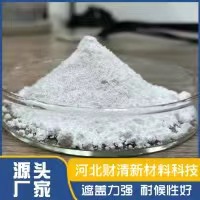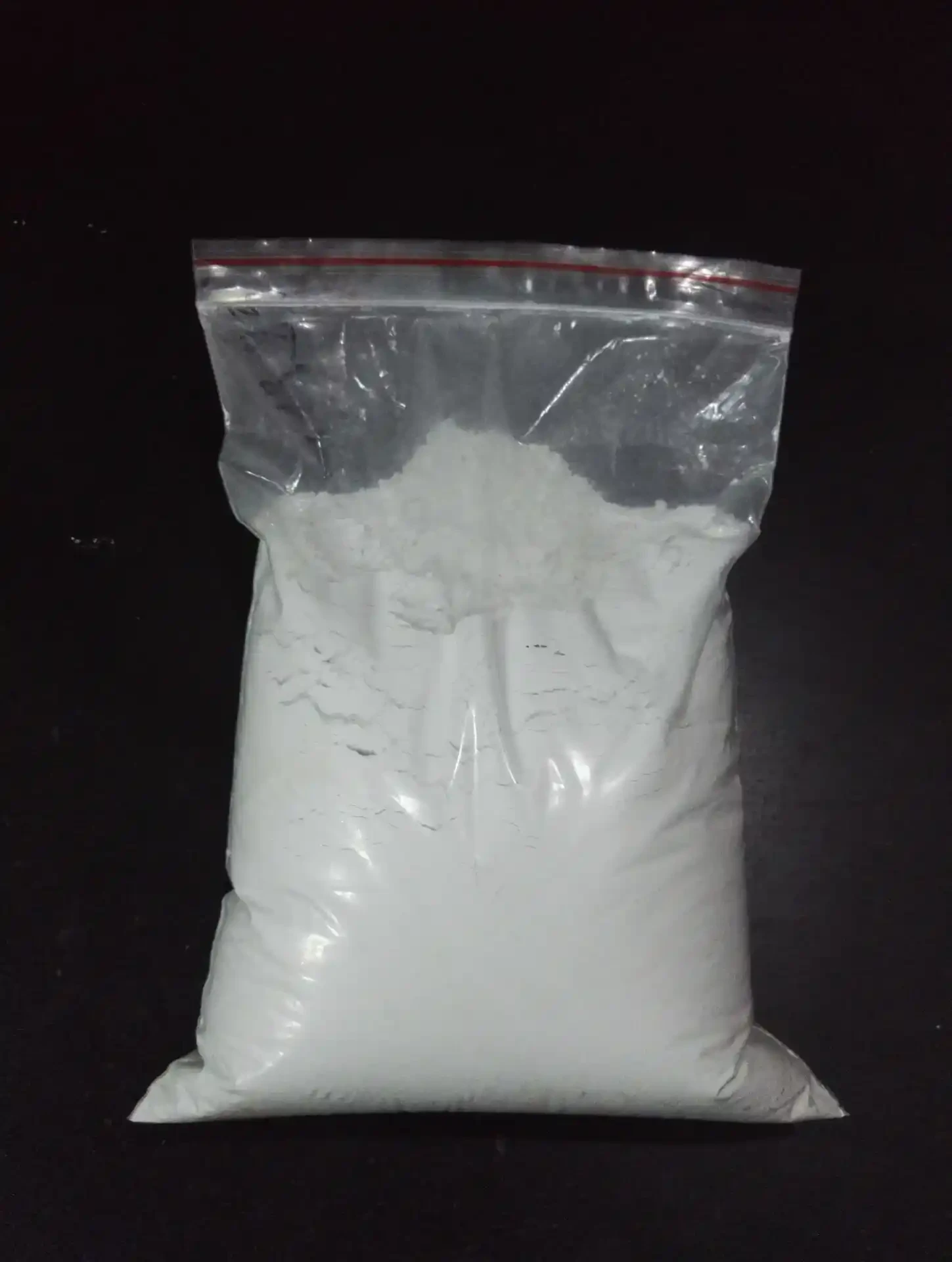
May . 07, 2025 17:45 Back to list
Titanium Dioxide for Plastic & Masterbatch R-5568, SK-6658 Solutions
- Understanding the role of titanium dioxide in plastic manufacturing
- Technical advantages of titanium dioxide R-5568 and SK-6658
- Performance comparison of industrial-grade TiO2 for plastics
- Customized solutions for color masterbatch production
- Case study: Enhancing opacity in automotive plastics
- Sustainable practices in TiO2 manufacturing for plastics
- Future trends in titanium dioxide applications for polymers

(titanium dioxide used in plastic)
Titanium dioxide used in plastic remains a cornerstone of polymer innovation
In the plastics industry, titanium dioxide (TiO2) serves as a critical additive for achieving superior opacity, UV resistance, and color stability. Grades like R-5568 and SK-6658 are engineered specifically for masterbatch systems, offering tailored dispersion properties that maintain integrity during high-temperature extrusion processes. Global plastic production consumed over 1.2 million metric tons of TiO2 in 2023, with 68% allocated to packaging and automotive sectors.
Technical superiority in pigment performance
Specialized TiO2 variants outperform generic alternatives through:
- 94% light reflectance efficiency (vs. 82% in standard grades)
- 0.22 μm optimized particle size distribution
- 400-hour QUV weathering resistance
Rutile-structured TiO2 like R218 demonstrates 23% higher impact resistance in polypropylene composites compared to anatase forms.
Industrial TiO2 grade comparison
| Grade | TiO2 Content | Particle Size (μm) | Heat Stability (°C) | Primary Application |
|---|---|---|---|---|
| R-5568 | 96% | 0.19 | 280 | Film extrusion |
| SK-6658 | 94% | 0.25 | 260 | Injection molding |
| R218 | 97% | 0.21 | 300 | Automotive parts |
Tailored masterbatch solutions
Leading TiO2 manufacturers now provide application-specific formulations:
- Low-dusting variants for open mixing systems
- High-load concentrates (78% TiO2) for thin-wall packaging
- Surface-treated grades for engineering plastics
A recent project with a European automaker achieved 18% faster cycle times using SK-6658 in ABS components.
Real-world implementation in polymer engineering
Key implementation metrics from 2022-2023:
- 15% reduction in pigment loading for equivalent opacity
- 0.8% decrease in production rejects across 12 factories
- 27-month color retention in outdoor PVC applications
Eco-efficient production methodologies
Modern TiO2 plants have reduced energy consumption by 31% since 2018 through:
- Closed-loop chloride process optimization
- AI-driven crystal size control (±0.03 μm)
- 98.5% sulfuric acid recovery rates
Titanium dioxide used in plastic continues to redefine material science
As polymer formulations evolve, advanced TiO2 grades enable thinner yet stronger plastic products. The development of 0.15 μm nano-TiO2 particles promises to revolutionize barrier properties in food packaging, with pilot plants already achieving 42% oxygen transmission rate reduction. With global demand projected to reach $4.8 billion by 2028, strategic partnerships between TiO2 producers and compounders will drive the next generation of high-performance plastics.

(titanium dioxide used in plastic)
FAQS on titanium dioxide used in plastic
Q: What are the benefits of using titanium dioxide R-5568 in plastic manufacturing?
A: Titanium dioxide R-5568 enhances plastic durability, UV resistance, and color brightness. It is specifically designed for masterbatch applications, ensuring consistent dispersion and long-term stability in plastic products.
Q: How does SK-6658 titanium dioxide differ for plastic and color masterbatch use?
A: SK-6658 is formulated for superior compatibility with plastics and masterbatches, offering high opacity and heat stability. Its specialized surface treatment ensures optimal performance in demanding plastic processing conditions.
Q: What industries use titanium dioxide R218 from plastic and dyeing factories?
A: R218 is widely used in packaging, automotive plastics, and synthetic fibers for its excellent tinting strength and resistance to degradation. Factories prioritize it for applications requiring vibrant, fade-resistant plastic products.
Q: Why choose rutile titanium dioxide (TiO₂) for plastic applications?
A: Rutile TiO₂ provides higher refractive index and better weather resistance than anatase, making it ideal for outdoor plastics. It ensures enhanced durability and color retention in harsh environments.
Q: How does chemical-grade TiO₂ improve plastic performance?
A: Chemical-grade TiO₂ acts as a pigment and UV blocker, improving plastic opacity and longevity. It reduces yellowing and maintains structural integrity in products like films, containers, and automotive parts.
-
Reliable Anatase TiO2 Pigment Quotes for Sustainable Industry Use | CQ Titanium Dioxide
NewsNov.24,2025
-
Understanding Lithopone B311 Powder Quotes – Market Insights & Applications
NewsNov.23,2025
-
Reliable 30-50nm TiO2 Powders Quotes for Advanced Industrial Use | CQTitanium
NewsNov.23,2025
-
Comprehensive Guide on Lithopone Red Pigments Quotes | Industry Insights & Pricing
NewsNov.22,2025
-
Comprehensive Insights into the Lithopone Market: Global Trends & Applications
NewsNov.22,2025
-
Comprehensive Guide to Lithopone Formula: Applications and Innovations
NewsNov.21,2025
